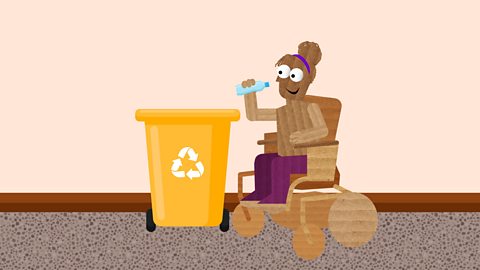How to use scientific equipment.
Scientists are curious people.
They want to learn more about the world around them.
So they ask themselves questions,and try to find answers by conducting experiments β often using scientific equipment.
They use microscopes to examine things that are very small.
Thermometers and stopwatches to measure temperature and time.
And test tubes, bunsen burners and tongs to test many things, like how substances react to heat.
The information they collect helps them draw conclusions and make new discoveries.
But how can they ensure that those conclusions are accurate?
In order to find answers to questions, all scientists follow whatβs known as the scientific method.
Itβs a process that involves identifying a problem or asking a question;making a prediction about why it happens to form a hypothesis;testing the hypothesis using scientific equipment;looking at the results;and arriving at a conclusion;before doing it all again, with little changes.
Letβs imagine that weβre scientists conducting an experiment.
We begin our scientific enquiry with a question, or problem:Why do people float so easily in the Dead Sea?
What do we know that is different about the Dead Sea, compared to other bodies of water?
Itβs extremely salty!
So, does the added saltiness make a difference?
Now we can make a prediction:we think that salt makes things that normally sink, float.To test our hypothesis, we will need to design an experiment using scientific equipment.
A beaker.
Scales.
Salt.
A tablespoon.
Water.
An object that normally sinks β like a fresh egg!
All of these things are known as variables.
Control variables are things that stay the same:like the amount of water;and the weight of the egg.
The density of the water is the dependent variable.
It will change depending on how much of the independent variable we add to it.
Weβd start by measuring how much salt we have on the scales.
Then gently place the egg in the water and observe how it sinks.
Remove the egg and then apply 1 tablespoon of salt to the waterThe water becomes cloudy and dense, stir the water until it clears. The water is dissolving the salt.Place the egg in the water again.
How does it react?
Letβs observe what happens to the egg when we add more salt.
The egg begins to float!
Now we know that our hypothesis was correct.
Salt makes some things that normally sink, float!
To ensure that our experiment was accurate and precise, we could ask ourselves some questions, like:Would using a larger container change the result of the experiment?
If the temperature of the water was different, what extra equipment would we need in the design of our experiment?
How many times should we conduct the experiment to ensure that our results are precise?
Designing experiments using appropriate scientific equipment can help you to develop your skills of scientific inquiry:so you can draw conclusions and make new discoveries!
Video summary
This short animated film explores scientific equipment.
Scientific equipment helps us to complete experiments or create fair and balanced tests with accurate results.
This film explains how we can use science equipment to develop our scientific abilities.
This short film is from the ΒιΆΉΤΌΕΔ Teach series Explain, Explore, Expand.
Teacher Notes
Explain
To be able to use a range of scientific equipment with accuracy, precision and taking repeat readings with confidence is a vital skill in becoming a good scientist.
Let's explore what we can learn about the scientific method and how we can improve our scientific skills and abilities.
Key Facts
- All scientists need to understand scientific inquiry and be able to use the scientific method.
- A hypothesis (or prediction) is a testable question that enables scientists to carry out a fair test to find an answer to the hypothesis.
- A hypothesis is the initial step in the scientific method. A good hypothesis requires critical observation and background research. It is a tentative, testable premise for a phenomenon observed in the natural world. The key purpose of a hypothesis is to derive a prediction about the results of experiments and to perform those experiments to see whether they support the predictions made.
- A fair test or a scientific experiment should be able to derive an answer that could prove the hypothesis either true or false, so answering the question of whether the hypothesis is correct.
- Bias - allowing personal opinions to influence judgement.
- Scientists need to be confident in test results, so it's important to be able to compare them and replicate the experiments. This is to avoid bias. We humans find it very difficult to avoid bias and to be objective. Bias can always sneak into our observations and judgments. By being able to replicate experiments and compare outcomes we aim to eliminate bias, which is why we have a scientific method. When we design experiments, we need to be confident in the relationship between cause and effect, so, we design experiments to only make changes to one aspect.
- Independent Variable - The aspect we will change.
- Dependent Variable - What we are measuring and could change based on the independent variable.
- Control Variable - The aspects we control or hold constant during an experiment.
- The aspect we change is called the Independent variable and the thing we hope will change is the dependent variable. Everything else we wish to keep the same are the control variables.
- When using scientific methods, you must know how to choose, use and understand the limitations of the equipment that helps to support you in finding answers. You should ensure that your measurements are accurate and precise in relation to the experiment and what you measure. The equipment will determine and limit your level of accuracy and precision in your results and impact your analysis and conclusions.
- Accuracy - is how close a value is to its true value. e.g., a particular pencil is 171 mm + or β 1mm
- Precision - is how repeatable a measurement is. An example is how close a second measurement of the pencil is to the first one.
- Results - Your recorded findings.
- Analysis - To study or examine your results in an organised way to learn more about them.
- Conclusions - A decision or a judgement reached by reasoning through your analysis about your findings to see if your hypothesis was correct.
- The equipment will determine and limit your level of accuracy and precision in your results and impact your analysis and conclusions. This is why results often include a + and - in the measurements to show other scientists how accurate the experiment was and the margin of error.-Scientific Equipment will include all that is used in the experiments: Stop watches, beakers, scales, thermometers, data loggers, rulers etc.
- This video references The Dead Sea. Further information can be found here:
- .
Explore
Where to pause?
- 01:11 - pause the video. Ask the children what kinds of scientific questions they have? Do they have a hypothesis, do they have a prediction about why it happens?-01:36 - pause the video. Ask the children what kinds of scientific equipment they think may be needed?
- 02:45 - pause the video. Ask the children what changes might impact the result?
Activities / Experiments
- Activity 1: To improve understanding of the scientific method. Try melting two ice cubes. Add salt to one of them. What is the hypothesis? What are the independent, dependent and control variables? What conclusions can you draw from your results?
- Activity 2: What makes a jelly set? How can we make a jelly set quicker, so we could eat it sooner?
Fun Facts
- Did you know that the word science has been derived from a Latin word βscientiaβ that means knowledge, and experiment comes from the Latin experimentum βa trial, test, proofβ¦β
Expand
Discussion questions:
- What is the best way to measure the effectiveness of a vaccine?
- What causes some trees to shed their leaves in winter?
- What evidence do we have for why the dinosaurs died out?
- How heavy is the Earth, and how can we measure it?
- How far away is the moon and how can we measure it?
- Why do you feel hot or cold? Do we all feel the same and how do you measure it?
- What is the boiling point of water and is it always the same?
- What causes it to rain and how do we measure it?
Learning Objectives:
- To use a range of scientific equipment, with increasing accuracy and precision, taking repeat readings when appropriate.
- Non- Statutory: Children should make their own decisions about what observations to make, what measurements to use and how long to make them for, and whether to repeat them; choose the most appropriate equipment to make measurements and explain how to use it accurately.
National Curriculum objectives:
- England: To take measurements, using a range of scientific equipment, with increasing accuracy and precision, taking repeat readings when appropriate.
- Scotland: Observes and collects information and makes measurements using appropriate equipment and units.
- Northern Ireland: To develop a range of practical skills, including the safe use of science equipment.
- Wales: To use apparatus and equipment correctly and safely.
Sources:
How are shadows made? video
What are shadows? How are they made? What factors affect their size and shape? Letβs explore shadows in more detail β and learn how to turn your shadow into a clock!
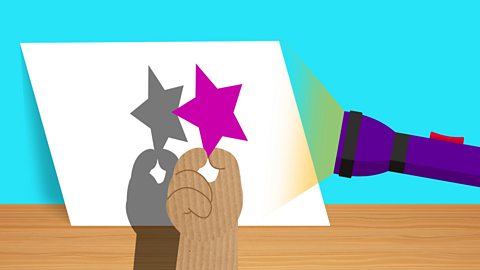
Changing environments. video
This film explains how important environments are, what factors can change the conditions of different environments and how that can affect the things living in them.
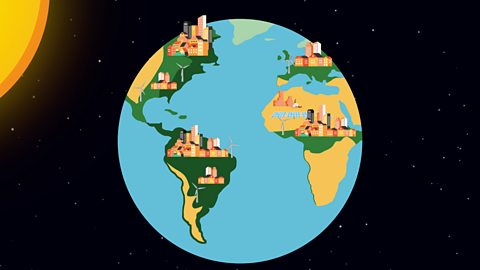
What is inheritance? video
This film explains how inheritance works in humans, animals and plants, and explores how humans use inheritance to their advantage, to produce animals and plants that are more productive.
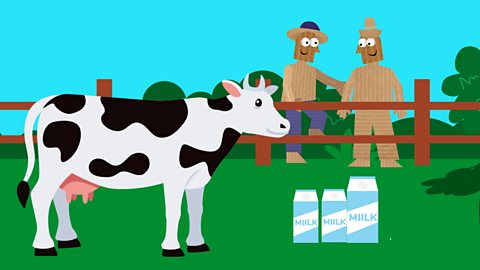
How do ecosystems work? video
This film explains the difference between biotic and abiotic, terrestrial, freshwater and ocean water ecosystems and looks at the effect of weather.
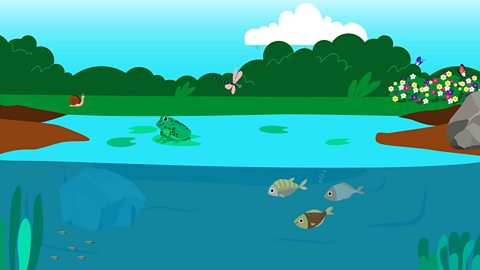
What are air and water resistance? video
This film explains the difference between water and air resistance and demonstrates examples of how resistance plays a part in our everyday life.
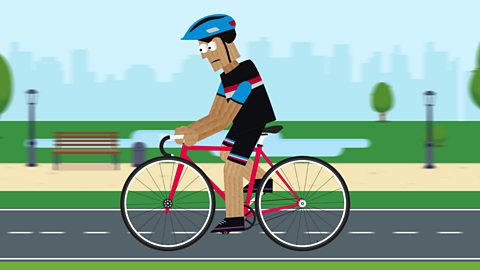
Day and night. video
This film explores the difference between day and night and demonstrates how the rotation of the earth's axis contributes to making seasons such as summer and winter.
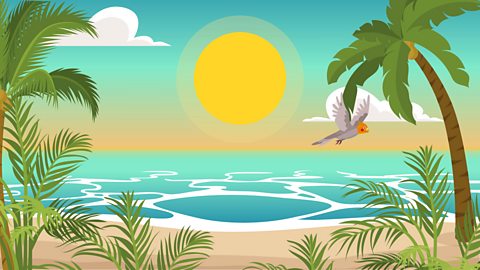
Mechanisms. video
This film explains what a mechanisms are, using examples of where they are used and how they make our lives easier.
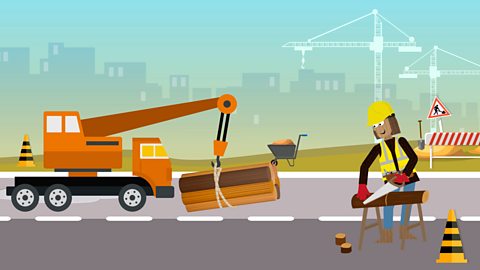
What should I do with my rubbish? video
This film explains the impact waste is having on our planet and how we can work to reduce our rubbish to make a difference.
